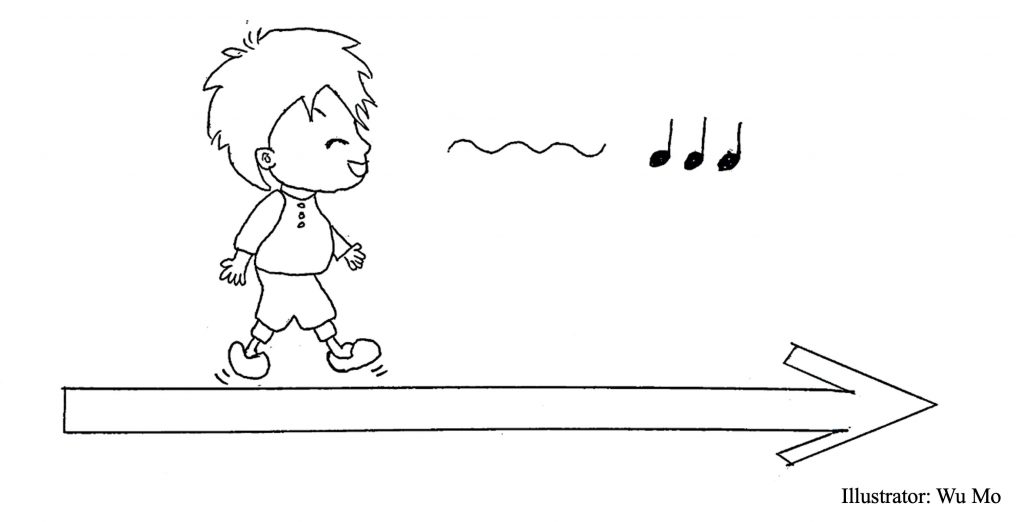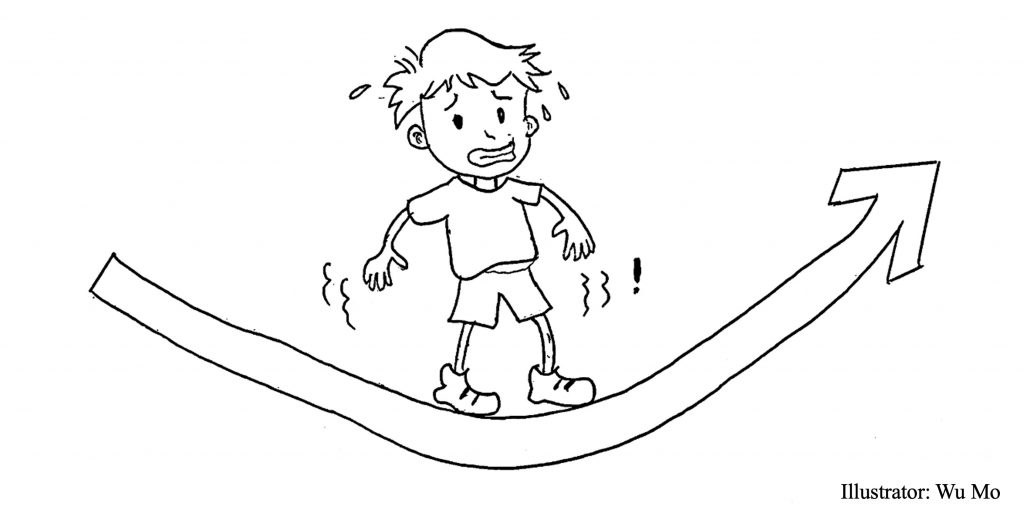Introduction:
Chinese is a tonal language, which means the same syllable with different tones will have different meanings.
How many tones are there in Mandarin Chinese?
Mandarin Chinese has four basic tones: the first tone (flat high-pitched), the second tone (rising), the third tone (falling then rising), and the fourth tone (falling). Additionally, there is also a neutral tone that is less pronounced and doesn’t follow a specific pitch contour. These tones can change the meaning of words, even if the pronunciation of the rest of the word remains the same.
Self-check:
The first tone:
The first tone is a high-level tone, pronounced with a steady, unchanging pitch. It is represented by a horizontal line above the vowel, such as the “ma” in 媽 (mā) meaning “mother”.
mā (Mom):
tā (he):
bā (eight):
Tips:
- Keep it high and level.
- Keep it near the top of your comfortable voice range.
- Note: The length of Mandarin Chinese syllables does not affect meaning, so when pronouncing a tone, the duration can vary.

The second tone:
The second tone is a rising tone, pronounced with a rising pitch from mid to high. It is represented by a rising diagonal line above the vowel, such as the “ma” in 麻 (má) meaning “numb.”
má (numb):
ná (take):
fá (punish):
Tips:
- Start around the middle of your voice range and rise straight towards the level of the first tone.
- Like a surprised ‘what?!’

The third tone:
The third tone is a dipping tone, pronounced with a falling-rising pitch. It is represented by a v-shaped mark above the vowel, such as the “ma” in 馬 (mǎ) meaning “horse.”
mǎ (horse):
dǎ (beat):
nǎ (which):
Tips:
- The lowest tone.
- Start low, continue until out of breath, and then release.
- Requires a longer time to produce.

The fourth tone:
The fourth tone is a falling tone, pronounced with a sharp drop in pitch from high to low. It is represented by a falling diagonal line above the vowel, such as the “ma” in 罵 (mà) meaning “ to scold.”
mà (to curse):
bù (no):
dà (big):
Tips:
Begins a little bit above the top of your comfortable range and descends rapidly to the bottom.

Exercises:
Credit for the video goes to Dec. 27, 2020 Learn English With KT: Meeting people – English Speaking Lesson.